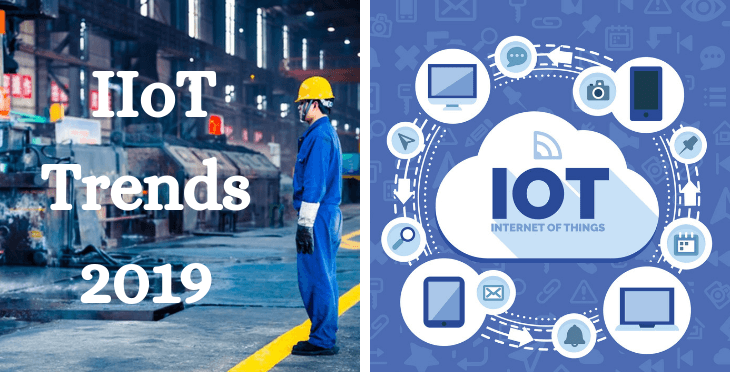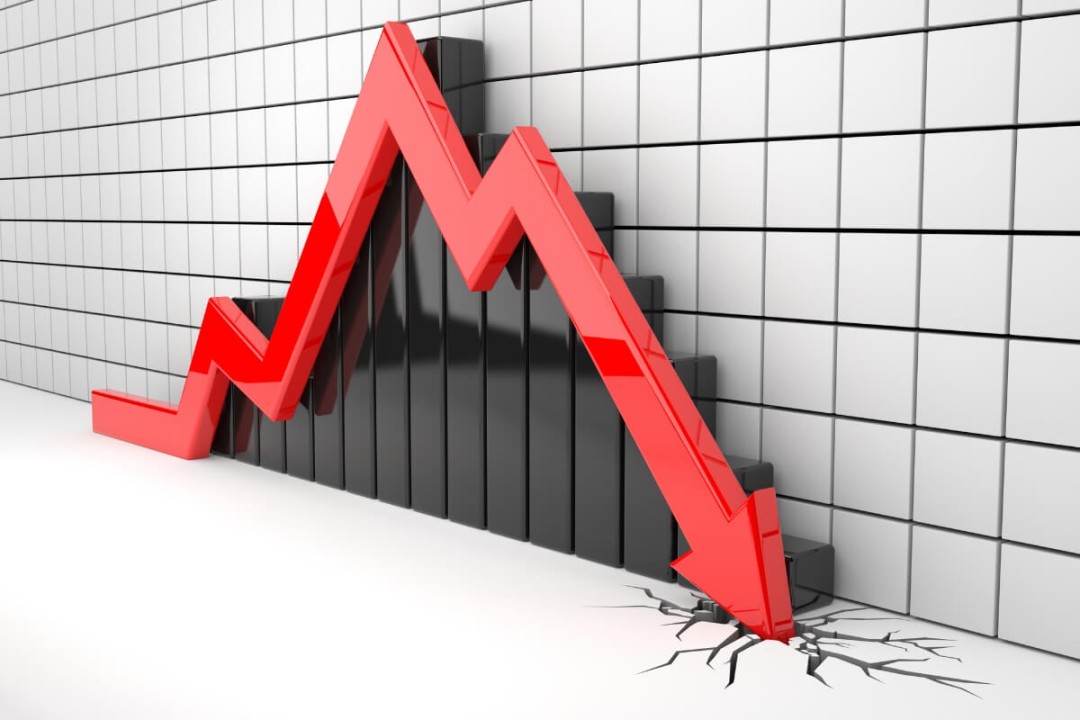Within the context of the Top IIoT Trends for 2019, Applications of IIoT in power plants, manufacturing plants, etc. helps to process large sets of data attributes like temperature, pressure, RPM, vibrations, flow rates much rapidly, which can be used to reduce waste and inefficiency.
Industrial Internet of things (IIoT) is a complex connection between various devices like sensors and computers installed in factories, plants, and organization which work together to gather, collect, and analyze data.
- Cost of communication cellular and wired data is declined
- Increased usage of sensors and video/photos to monitor the remote sites of industries.
- Reduction in the amount of time an average employee spent in servicing systems in the field as companies were continuously optimizing their operations with IIoT.
According to Accenture,
- Well, just because of IIoT there is a 46% improvement in asset optimization and usage.
- 46% of employee productivity increased because of the implementation of IoT in manufacturing.
- Cost reduction is always a concern for any industry and there is a 44% reduction in cost after implementation of IIoT.
- With the growing usage there are some drawbacks as well i.e. 42% said there is a lack of local government support which is a hurdle for the adoption of IIoT in their industry.
According to German Wings of PwC,
- Over the next five years, companies who already adopted the IIoT applications will expect 12% of efficiency gain in their work.
- As industries and companies are totally driven for customer’s satisfaction and preferences, 75% of respondents invested a ton of money in digitalizing their factories to serve better to their customers. But only, 6% of respondents considered their factories to be fully digitalized.
IIoT (Industrial Internet of things) Trends in 2019
Over time, we have seen the value of Artificial intelligence continuously grow. There are tons of issues that AI can solve for the manufacturing industries.
AI has the capability to teach many things to smart machines of your factories which are way beyond human capabilities.
A major transformation in manufacturing industries comes with the introduction of concept “machine learning” and “pattern recognition technologies”.
The main purpose of AI in manufacturing is to digitize the manufacturing processes which control quality, reduce time, check on materials usage and allocation, control overflow of money during the operation thereby boost productivity.
In some time we will be accustomed to 5G, but in the industrial domains, 5G is already digitizing and changing their way of business operations.
With the implementation of 5G, industries like transportation, healthcare, manufacturing, energy and utilities, retail, media, and financial services are the major beneficiaries of high data transfer speed.
For instance, 5G will power factory automation in the case of the industrial domain, which will allow manufacturers to inspect the assembly line maintenance as well as production in real-time.
This also helps manufacturers to finish the production in a fixed time frame or without borrowing any further time which of course would improve efficiency.
We have already discussed above that the main concern of IoT is to connect various smart devices of manufacturing with each other to collect and analyze data for facilitating production.
With the digitalization of industries, manufacturers should get a major relief in three key factors like cost-effective, resource sparing, and time-effective.
If you look with a holistic view it has given a start to a new global economy. But with all pros that are there, there are some cons as well for which the marketers need to be worried about.
Edge computing, an extension of cloud computing of late has seen a growth in its usage in the manufacturing sector.
Gartner also mentioned in a report that edge computing is the new trending technology. Basically, it gathers vast data set from various sensors of machines installed in the factory and provide with a senseful and actionable data.
With the entrance of artificial intelligence in IIoT, supply chain management of industries has seen rapid growth. Tracking and monitoring every step of the supply chain in real-time is making it more transparent and improving the processing speed which makes the entire flow efficient.
If your business adapts new advanced forecasting tools that can gather production data in real-time then you can speed up your entire business process lifecycle.
In some of the major industries like aerospace and energy and utilities, usage of wireless technology and IoT powered sensors are a must to gather information for analytics.
These sensors are interconnected with each other which extracts a large amount of data that is used for optimizing different operations.
To be realistic about IoT analytics, there will be a high demand in the future. Some industries which have not implemented IoT sensors depend on AI and machine learning technology for managing the data overload.
Future trends of IIoT
- IIoT will welcome the fourth industrial revolution.
- Industries across the world will adapt to innovative IoT devices to accelerate business growth.
- In the race of implementation of IoT European manufacturers are ahead of curve.
- By 2023, the expected growth of the industrial internet of things is 751.3 Billion US dollars.
You May Also Like to Read:
Best Tools to implement successful Industrial IoT
Applications of IoT in the Transportation Industry





